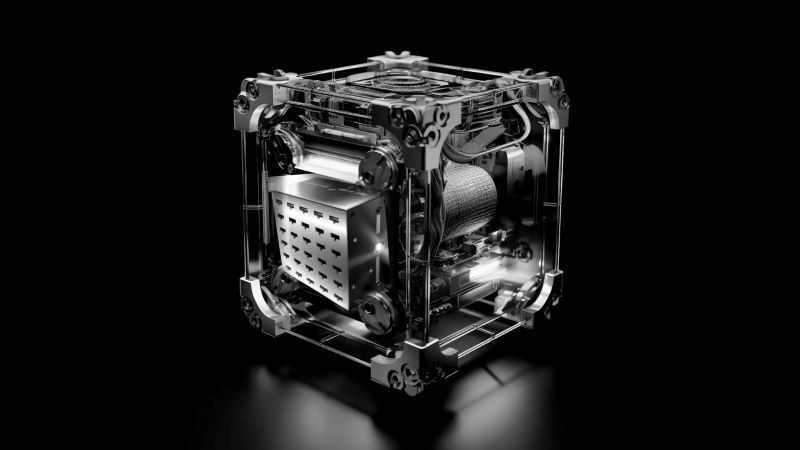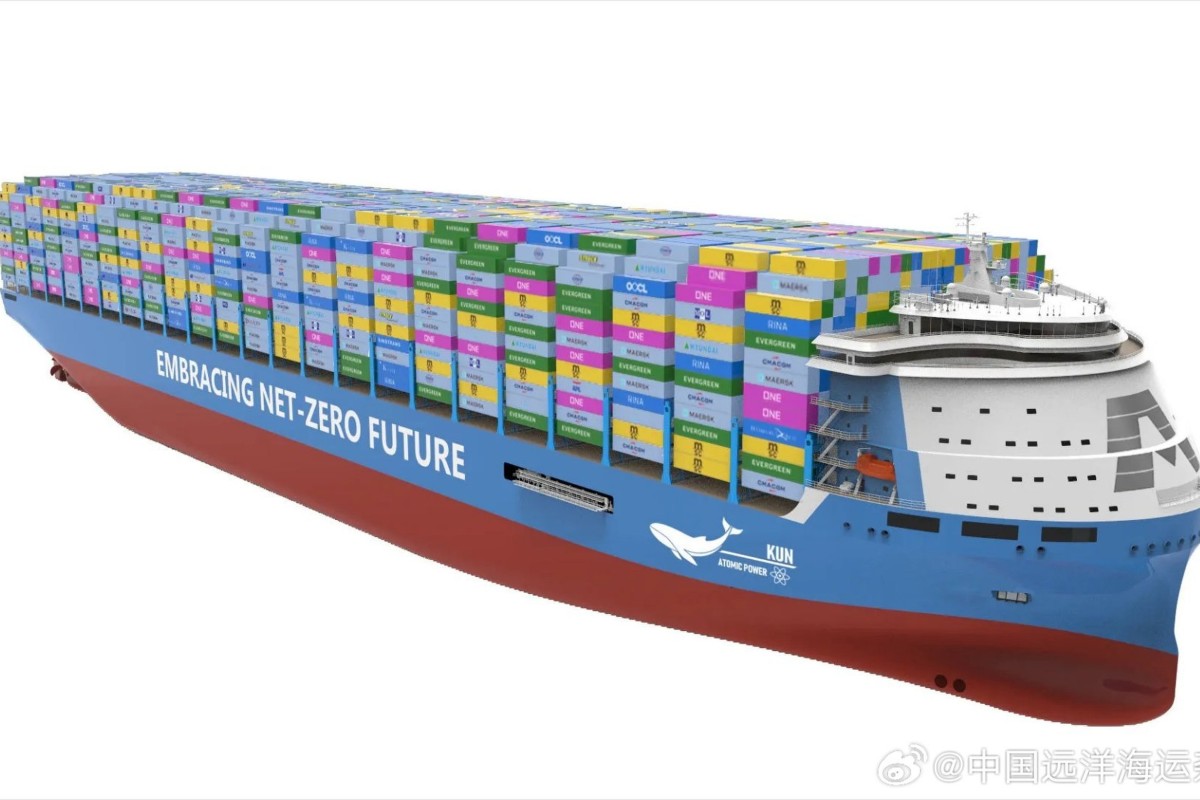"US-based startup RocketStar has successfully demonstrated an electric propulsion unit for spacecraft that uses nuclear fusion-enhanced pulsed plasma."
"By introducing boron into the thruster's exhaust, high-speed protons generated from ionized water vapor collide with boron nuclei, triggering a fusion reaction that significantly boosts the thruster's performance. This fusion process, like an afterburner in a jet engine, transforms boron into high-energy carbon, which rapidly decays into three alpha particles. The result? A remarkable 50% improvement in thrust compared to our FireStar Foundation thruster."
"This discovery, initially made under an SBIR from AFWERX, has been independently validated. We've witnessed fusion reactions occur in our lab and the result is a 50% jump in thrust performance. 'RocketStar has not just incrementally improved a propulsion system, but taken a leap forward by applying a novel concept, creating a fusion-fission reaction in the exhaust! This is an exciting time in technology developments and I am looking forward to their future innovations,' stated Adam Hecht, Professor of Nuclear Engineering, University of New Mexico."
"The FireStar Foundation thruster is ready to ship now. It will fly in July and October 2024 on D-Orbit's proprietary OTV ION Satellite Carrier riding on two SpaceX Transporter missions, proving performance in the ultimate test -- space itself. But get ready, because our FireStar Fusion Drive is headed to the launchpad too, scheduled for in-space testing in February 2025 on Rogue Space System's Barry-2 spacecraft."
From what I've been able to figure out, and for those of you who like things expressed in equations (don't worry, for those of you scared by equations I'll describe it in words as well), what they're claiming looks like:
proton + 11B -> 12C* -> 3 4He + boatload of energy
Boron by definition has 5 protons, add 6 neutrons and we get the 11 isotope of boron. Hit it with a proton and that makes it 6 protons, which makes it carbon by definition. The asterisk indicates the carbon is in an "excited state", which means it has excess energy. It sheds this excess energy by splitting into 3 "alpha particles", also known as 3 helium nuclei (2 protons, 2 neutrons, without the orbiting electrons -- the "4" indicates the 4 isotope). The "boatload of energy" term of the equation increases the velocity of the thrust and cranks up the acceleration that the engine imparts to the spacecraft and the efficiency of the engine.
They say, "This discovery, initially made under an SBIR from AFWERX, has been independently validated."
SBIR stands for Small Business Innovation Research, a US government funding program, and AFWERX is an agency within the US Air Force for tapping into innovations from startups in the US economy. They say:
"As the innovation arm of the Department of the Air Force and powered by the Air Force Research Laboratory (AFRL), AFWERX brings cutting edge American ingenuity from small businesses and start-ups to address the most pressing challenges of the Department of the Air Force."
Link to their website below. I wasn't able to find any record of this on their website, but that could be because I don't know how to properly search the website.
RocketStar tests fusion-enhanced in-space propulsion process

